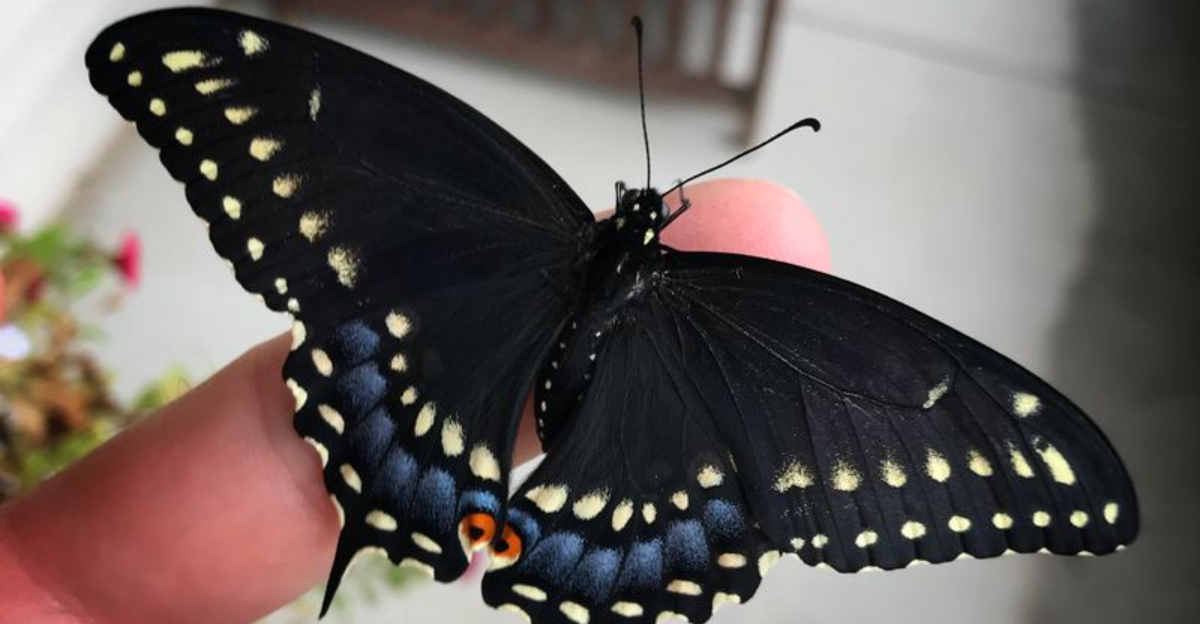Raising butterflies at home can be a rewarding and educational experience. These delicate creatures not only add beauty to your surroundings but also contribute to the environment by aiding in pollination.
With the right conditions and care, you can successfully raise a variety of butterfly species in your own backyard or even indoors. Here’s a look at 37 beautiful butterflies that you can consider bringing into your home environment.
1. Monarch Butterfly

Known for their striking orange and black patterns, Monarch butterflies are a popular choice for enthusiasts. They can be easily raised at home, provided there are milkweed plants, which are essential for their lifecycle.
Monarchs are migratory butterflies, adding an educational element to their appeal. Watching them go through their lifecycle from caterpillar to adult is truly fascinating.
Ensure a supply of fresh milkweed and a safe, clean environment, and you’ll find raising Monarchs both fulfilling and enriching.
2. Swallowtail Butterfly
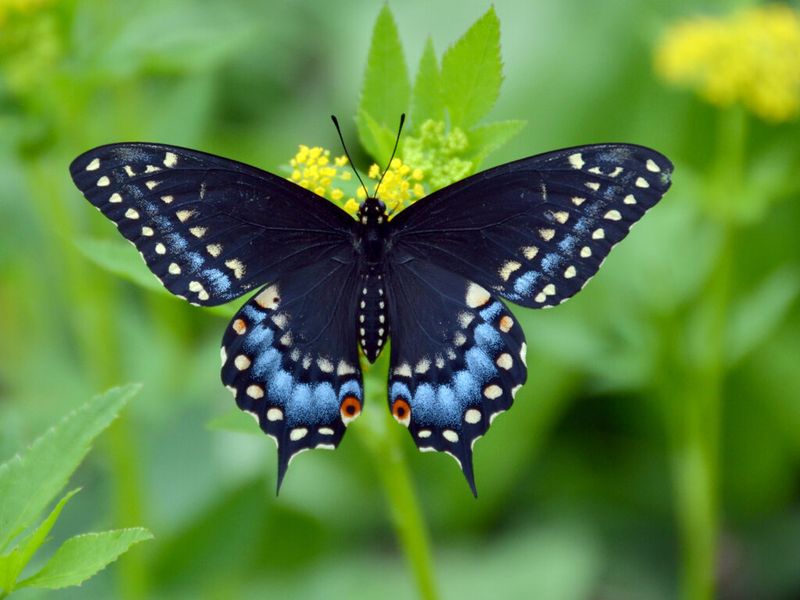
Swallowtails are celebrated for their large, elegant wings and distinct tails. They come in various colors, with the Eastern Tiger being particularly popular.
These butterflies are fairly easy to rear at home, especially with access to host plants like dill and fennel. They thrive well in a sunny garden.
Patience is key as you watch them transform from caterpillar to chrysalis and finally into a magnificent butterfly.
3. Painted Lady
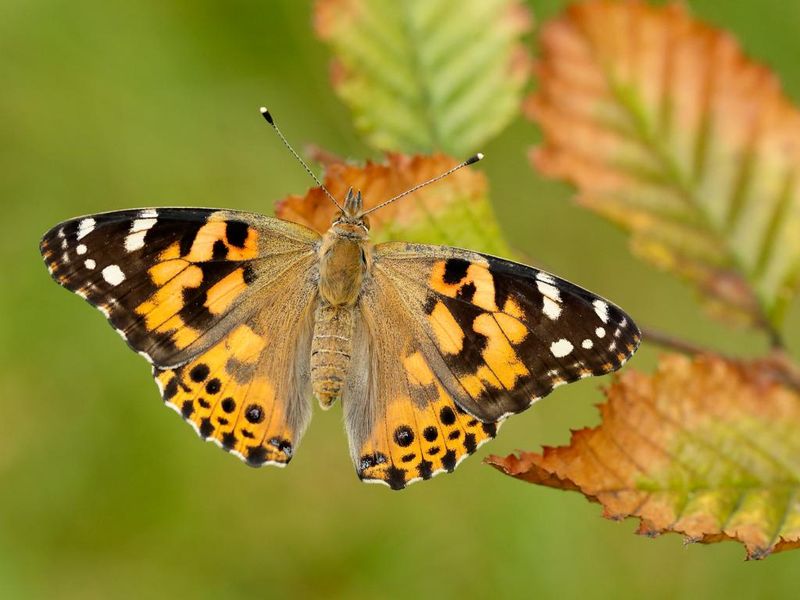
The Painted Lady is one of the most widely distributed butterflies across the globe. They are hardy and adaptable, making them ideal for home raising.
These butterflies are known for their rapid life cycle, allowing you to observe their transformation in a relatively short period.
Provide them with thistle or hollyhock plants, and enjoy the vibrant display of their colorful wings as they flutter around.
4. Red Admiral
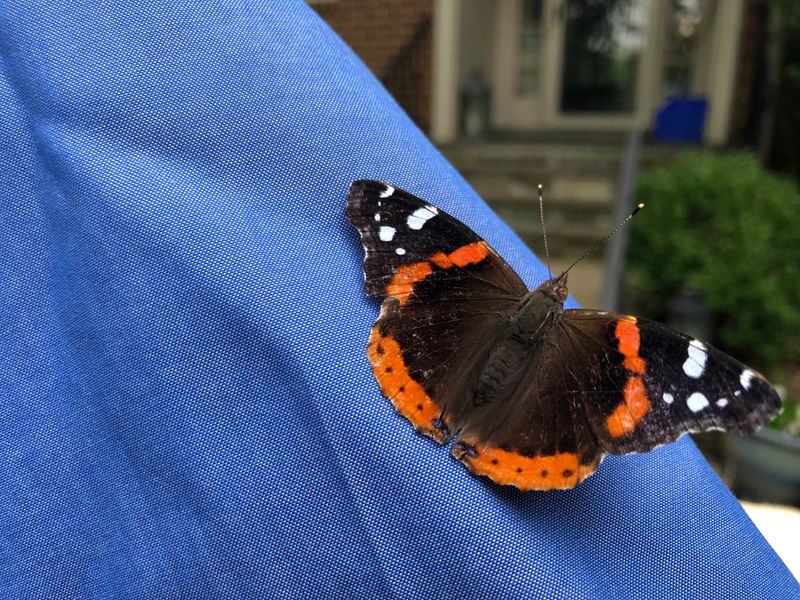
Red Admirals are admired for their bold red bands and dark wings. They are friendly visitors to gardens and can be easily raised with access to nettles, their primary host plant.
These butterflies are known for their territorial nature, often returning to the same spot consistently.
Creating a welcoming habitat and observing their behavior can be a delightful experience for butterfly enthusiasts.
5. Common Buckeye
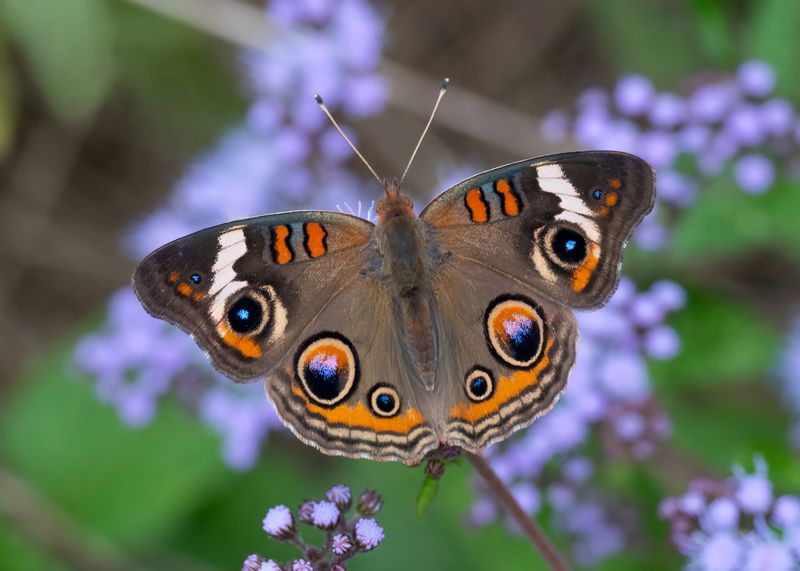
The Common Buckeye is easily recognizable with its eye-catching eye spots on the wings. These butterflies are adaptable and can be raised with plantains or snapdragons.
They prefer open, sunny areas, making them perfect for backyard gardens. Watching their curious behavior is truly captivating.
With proper care, you’ll enjoy observing their complete life cycle, from egg to adult butterfly.
6. Zebra Longwing
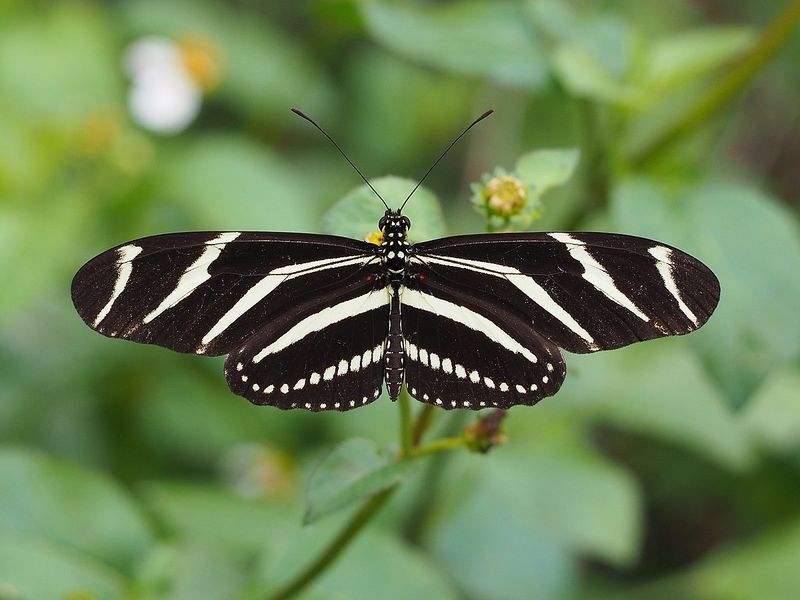
The name speaks for itself! Zebra Longwings are known for their striking zebra-like striped wings. These butterflies thrive in warm, humid environments, making them ideal for indoor raising.
Passionflower plants serve as their host, providing food for the caterpillars. Their slow, graceful flight is a joy to watch.
Creating a tropical environment will help them flourish, adding an exotic touch to your space.
7. Gulf Fritillary
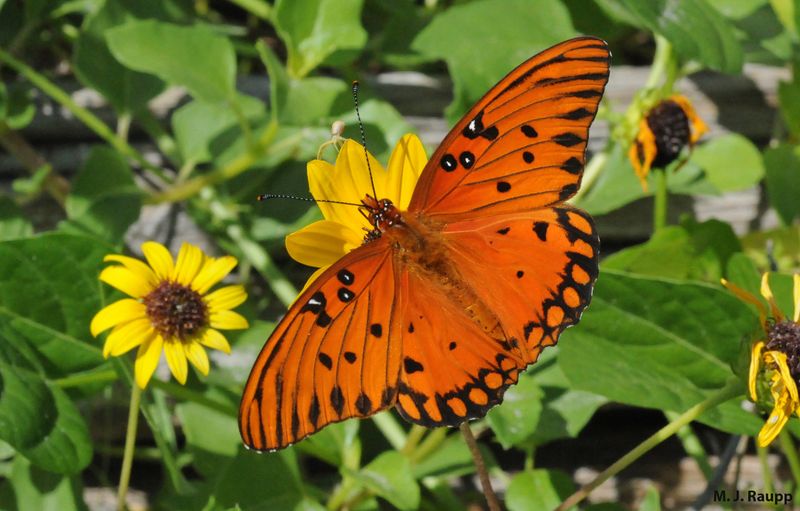
Gulf Fritillaries are known for their vibrant orange wings with silver spots underneath. They are commonly found in southern regions and thrive well on passionflower vines.
These butterflies are active fliers and can bring a burst of color to your garden. Their lifecycle is fascinating to observe.
Providing a warm climate and ample host plants will ensure their successful development at home.
8. Cabbage White
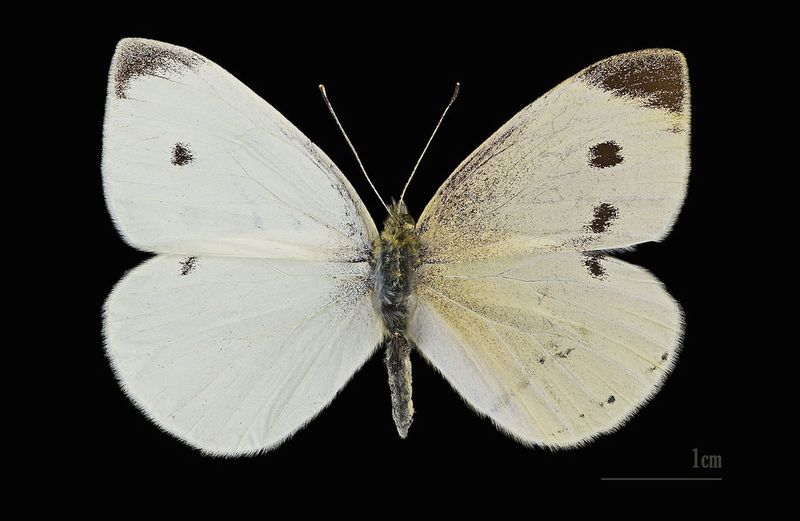
This is one of the most common butterflies, easily recognizable by its white wings adorned with black spots. They are easy to raise, especially with access to cabbage or mustard plants.
These butterflies are resilient and adaptable, often seen fluttering through vegetable gardens.
Creating the right environment will allow you to observe their lifecycle and enjoy their gentle presence.
9. American Lady
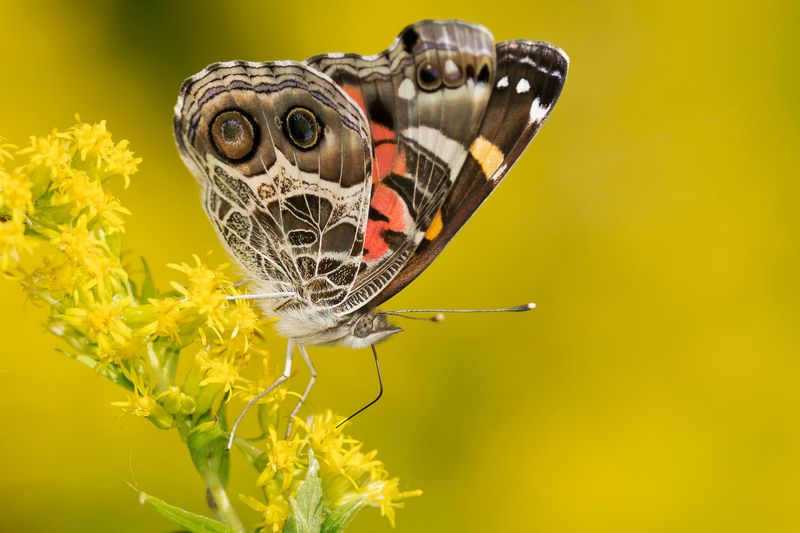
The American Lady is characterized by its vibrant orange and brown wings, decorated with eyespots. They are adaptable and can be raised with plants such as wormwood or yarrow.
Their striking appearance and lively behavior make them a delightful addition to any garden.
Providing adequate host plants will allow you to witness their transformation from caterpillar to beautiful butterfly.
10. Clouded Sulphur
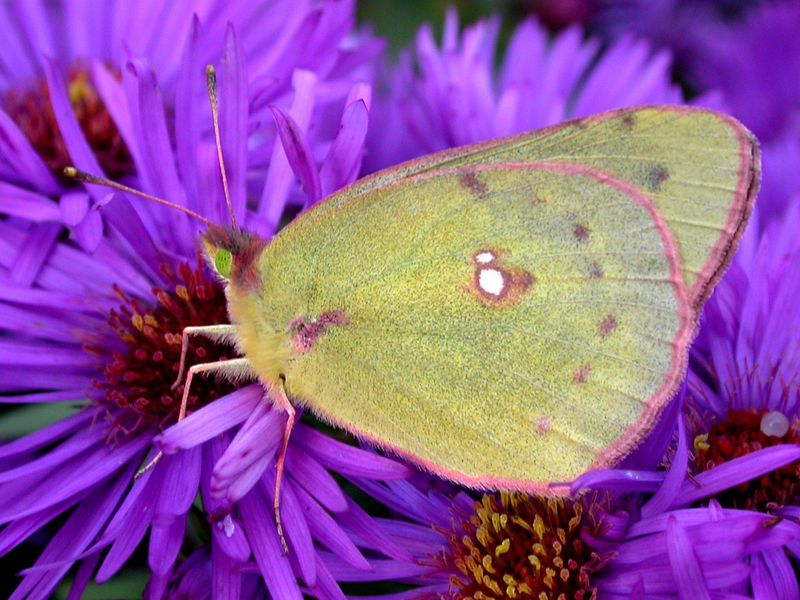
How gorgeous are these soft colors? Clouded Sulphurs are lovely yellow butterflies often seen fluttering in open fields. They can be raised at home with clover or vetch plants, which serve as their primary hosts.
These butterflies are known for their gentle flight and subtle beauty. Observing their lifecycle can be a serene experience.
With the right care, you can enjoy these delicate creatures gracing your garden.
11. Peacock Butterfly
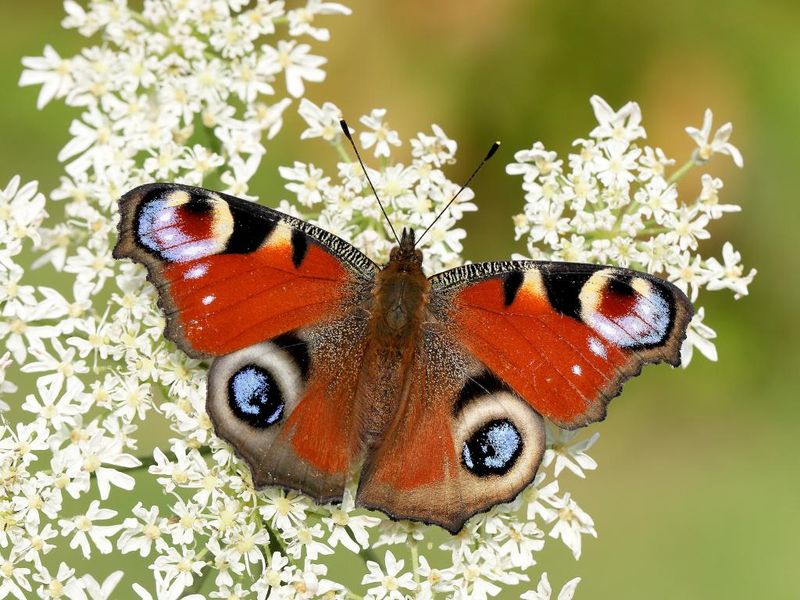
The Peacock butterfly is admired for its bold eye spots on deep red wings. They are a captivating species, often raised in gardens with access to nettles.
These butterflies are territorial and enjoy basking in sunny areas, adding vibrant color to your space.
Creating a welcoming habitat will encourage their presence and allow you to enjoy their beauty.
12. Comma Butterfly
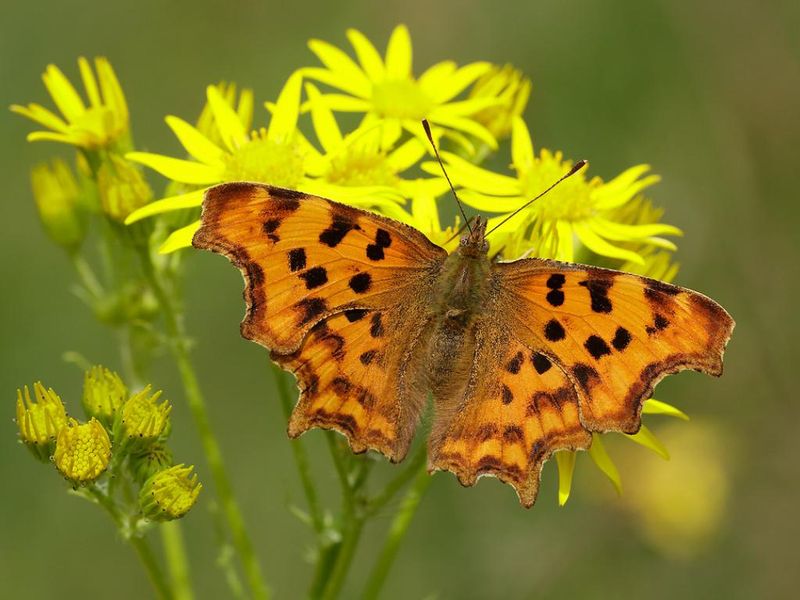
Comma butterflies are distinctive with their ragged wing edges and bright orange coloration. They are easily raised with nettles or hops, providing a natural habitat at home.
These butterflies have a unique appearance and are known for their erratic flight patterns.
Offering the right conditions will enable you to observe their fascinating lifecycle and vibrant presence.
13. Small Tortoiseshell
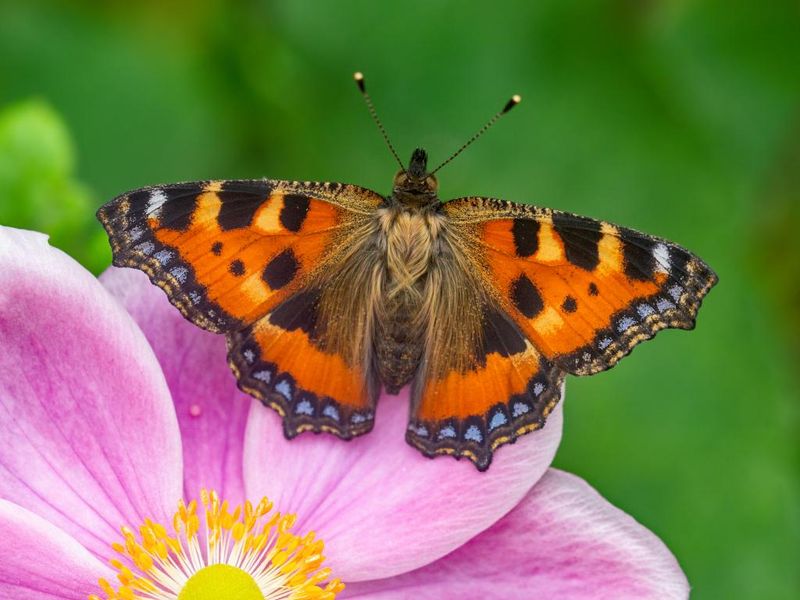
Tortoiseshells are vibrant butterflies known for their striking orange and black patterns. They thrive well in gardens with nettles available for their caterpillars.
These butterflies are active and lively, often basking in sunny spots, making them a delightful addition to any backyard.
Providing the necessary resources will allow you to enjoy their cheerful presence and lifecycle.
14. Brimstone Butterfly
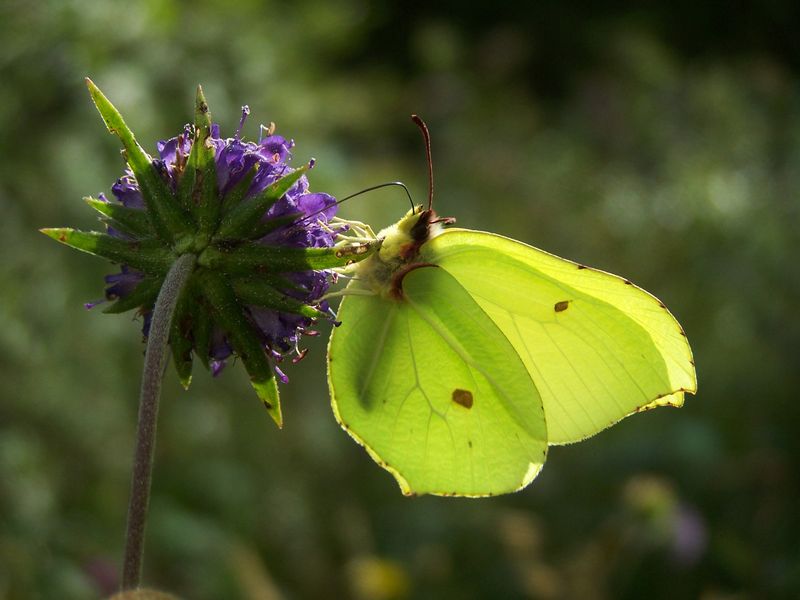
This gorgeous insect looks almost like a tiny leaf. Brimstone butterflies are known for their lemon-yellow wings, bringing a touch of sunshine to gardens. They can be raised with buckthorn plants, which are essential for their caterpillars.
Their elegant flight and bright color make them a favorite among butterfly enthusiasts.
Creating the right conditions will allow you to enjoy their beauty and observe their transformation at home.
15. Great Spangled Fritillary
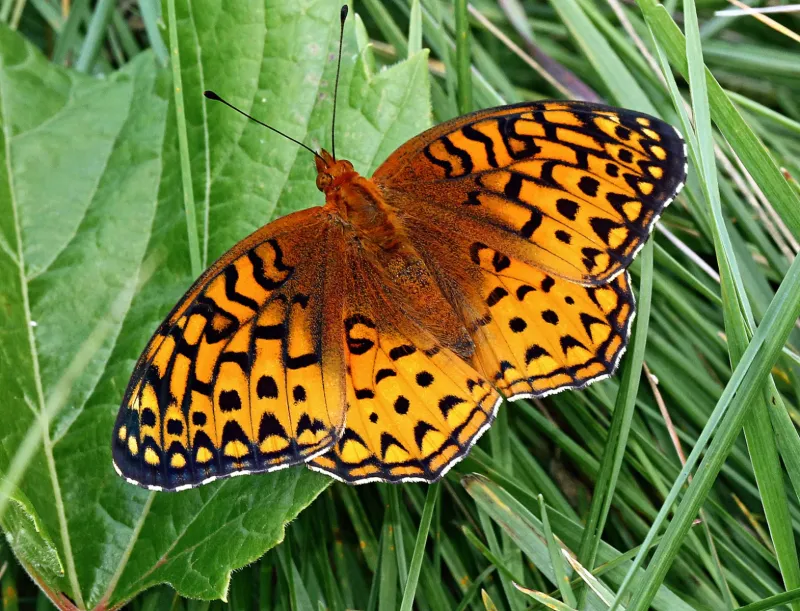
The Great Spangled Fritillary is a mesmerizing butterfly with its orange and black patterned wings. They thrive well in gardens with violets, providing essential resources for their caterpillars.
These butterflies are graceful fliers, often seen gliding over open fields, adding a touch of elegance.
With proper care, you can enjoy observing their lifecycle and vibrant presence in your garden.
16. Mourning Cloak
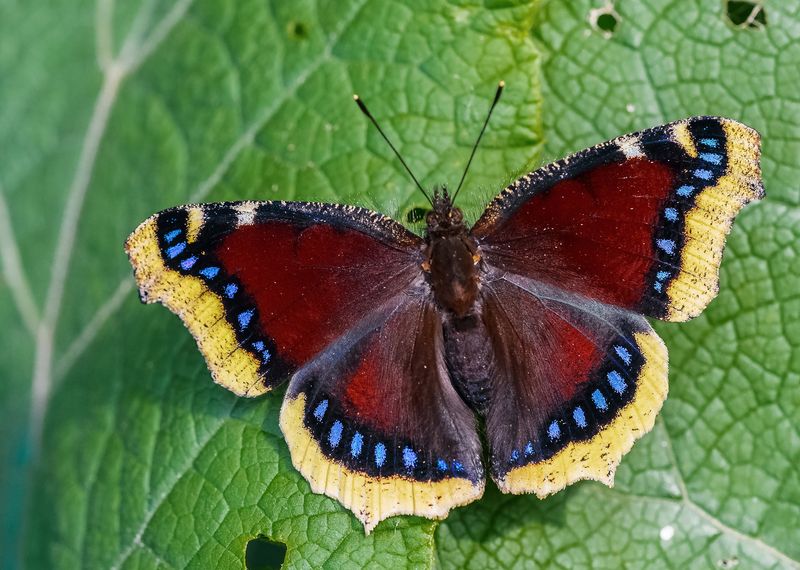
Mourning Cloaks are distinctive with their dark maroon wings edged in creamy white. They are a hardy species, often raised with willow or elm trees.
These butterflies are known for their long lifespan and territorial behavior, frequently returning to the same spot.
Providing a welcoming environment will allow you to enjoy their unique beauty and fascinating behavior.
17. Viceroy Butterfly
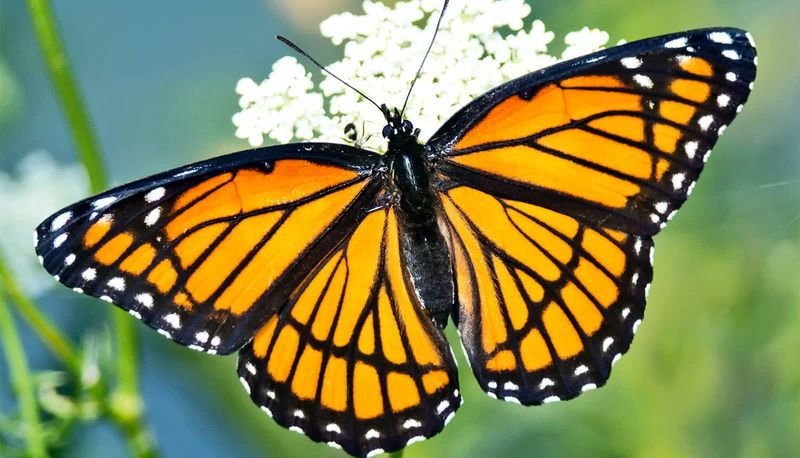
The Viceroy is often mistaken for the Monarch due to its similar orange and black wings. They are unique, however, with a black line across the hindwings.
These butterflies can be raised with willow or poplar, providing suitable habitats for their development.
Observing their mimicry and interactions can be an enlightening experience for enthusiasts.
18. Queen Butterfly
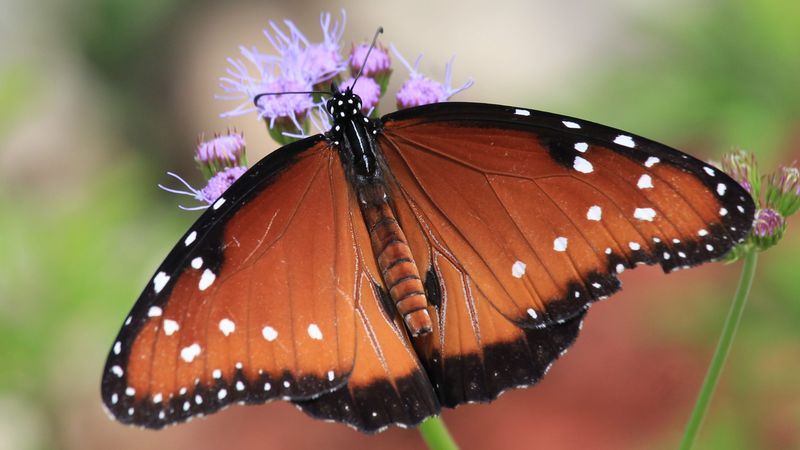
The Queen butterfly is a regal species with its rich brown wings adorned with white spots. They are closely related to Monarchs and thrive well on milkweed plants.
Their graceful presence and striking appearance make them a captivating addition to any garden.
With the right conditions, you can enjoy observing their lifecycle and distinctive beauty.
19. Pipevine Swallowtail
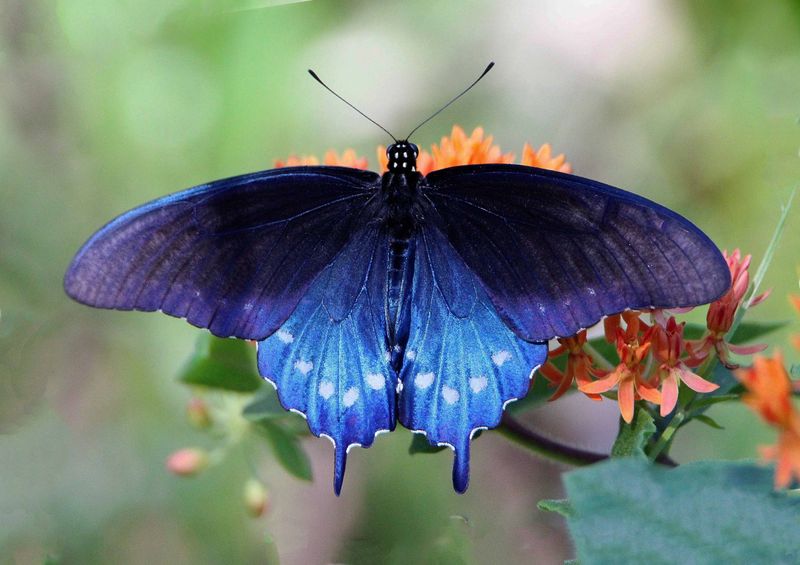
Probably the most beautiful shade of blue I’ve ever seen in my life! Pipevine Swallowtails are known for their iridescent blue hindwings, adding a touch of elegance to any garden. They thrive with pipevine plants, essential for their caterpillars’ survival.
These butterflies are graceful fliers, often seen fluttering through sunny gardens.
Providing the right host plants will allow you to enjoy their vibrant presence and observe their fascinating lifecycle.
20. Black Swallowtail
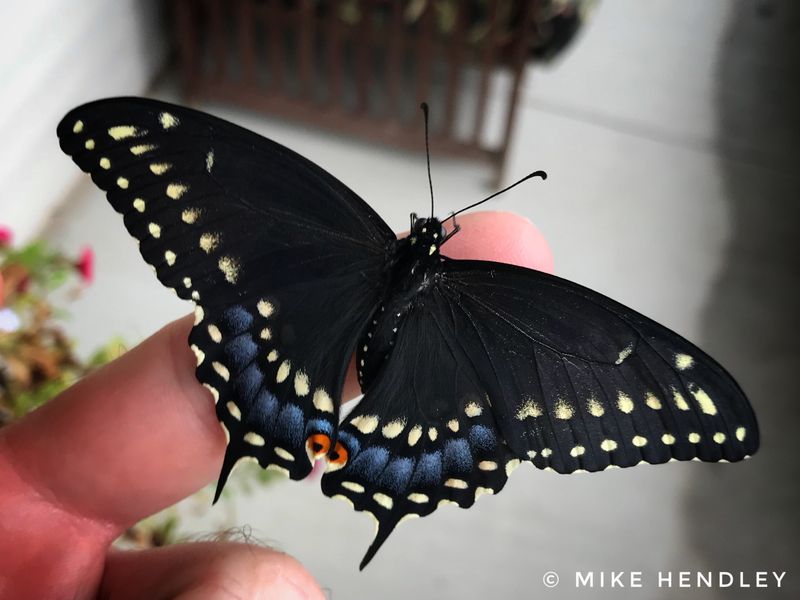
The Black Swallowtail is celebrated for its striking black and yellow patterns. They are adaptable and can be raised with dill or parsley, providing ideal conditions for their caterpillars.
Their lively behavior and graceful flight make them a delightful presence in any garden.
With proper care and resources, you can enjoy observing their transformation from caterpillar to butterfly.
21. Eastern Tailed-Blue
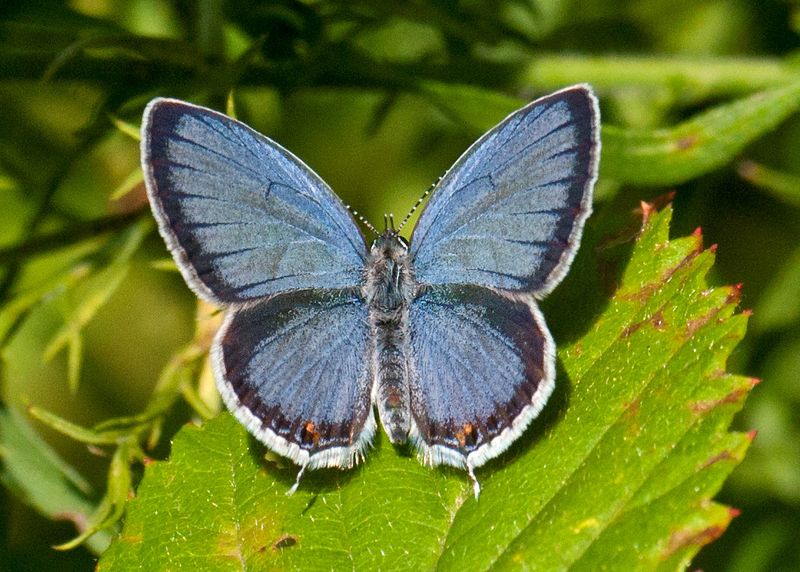
The Eastern Tailed-Blue is a small but beautiful butterfly with delicate blue wings and tiny tails. They can be easily raised with clover, providing essential resources for their development.
These butterflies are lively and active, often seen fluttering through open fields, adding a touch of color.
Creating the right environment will allow you to enjoy their gentle beauty and observe their lifecycle.
22. Orange Sulphur
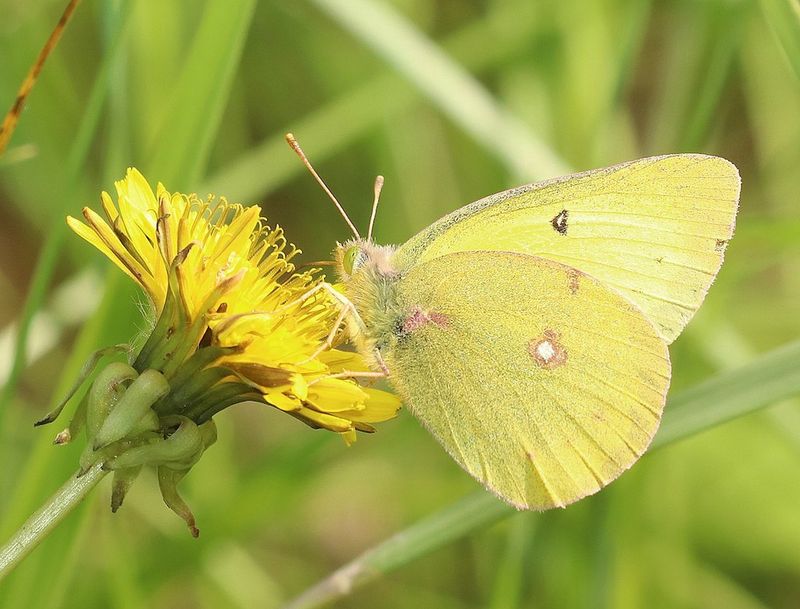
Orange Sulphurs are striking butterflies with their bright orange-yellow wings. They are adaptable and can be raised with alfalfa or clover, ensuring proper growth for their caterpillars.
Their vibrant color and lively behavior make them a cheerful addition to any garden.
With suitable host plants, you can enjoy watching their transformation and vibrant presence.
23. Silver-Spotted Skipper
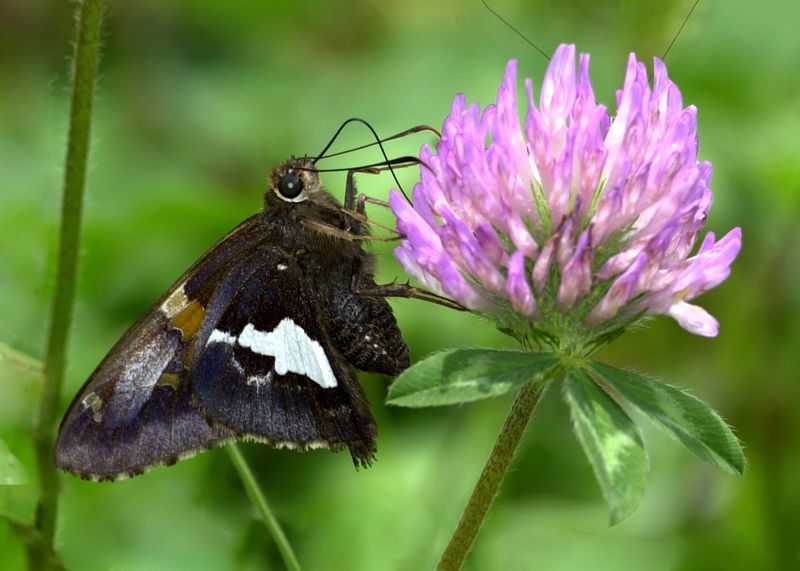
The Silver-spotted Skipper is unique with its brown and orange wings, highlighted by a distinct silver spot. They are easily raised with legumes, providing necessary resources for their caterpillars.
These butterflies are active and lively, often seen darting around gardens, adding a playful touch.
Creating a suitable environment will allow you to enjoy their vibrant presence and witness their lifecycle.
24. Red-Spotted Purple
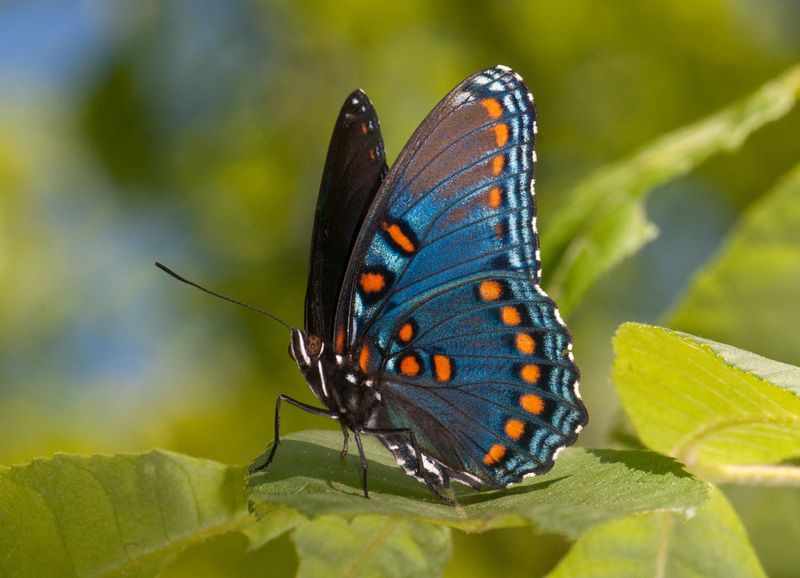
Red-spotted Purples are stunning with their iridescent blue wings adorned with red spots. They thrive well with willow or cherry trees, ensuring proper development for their caterpillars.
These butterflies are elegant fliers, often seen gliding gracefully through gardens.
Providing the right conditions will allow you to enjoy their beauty and observe their fascinating lifecycle.
25. Northern Pearly-Eye
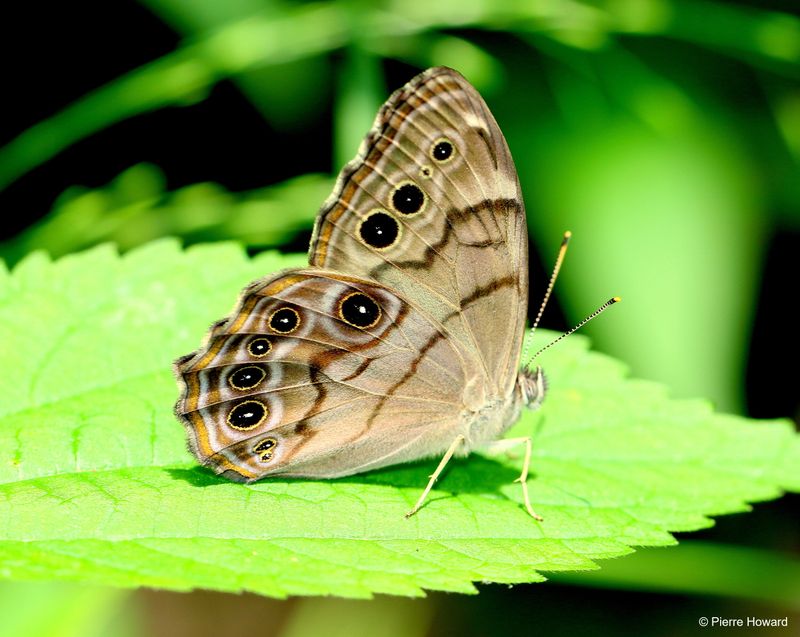
It almost seems like this tiny butterfly looks right back at you! The Northern Pearly-Eye is distinctive with its brown wings adorned with eye spots. They are typically raised with grasses and sedges, providing essential resources for their caterpillars.
These butterflies prefer shady areas, often found resting on tree trunks or foliage.
Creating a suitable habitat will allow you to enjoy their gentle presence and observe their lifecycle.
26. Common Wood-Nymph
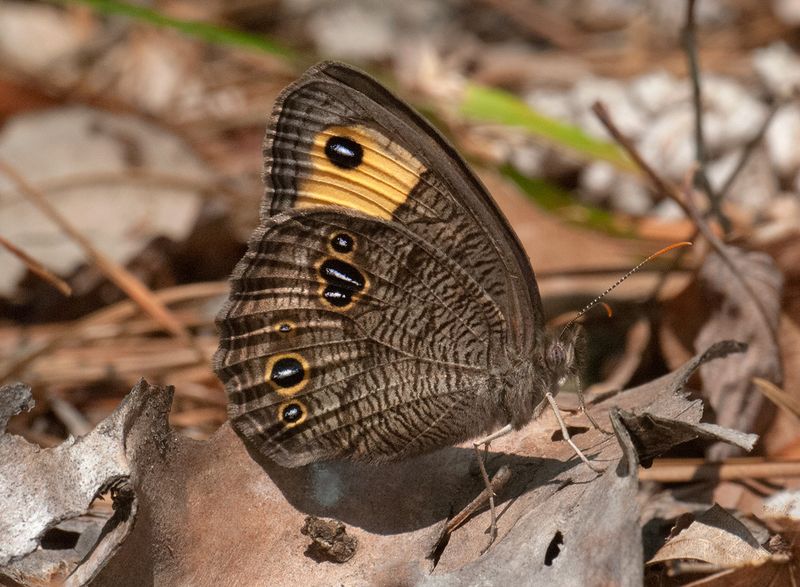
The Common Wood-Nymph is a subtle butterfly with brown wings decorated with eye spots. They can be raised with grasses, providing necessary resources for their caterpillars.
These butterflies prefer open fields and meadows, often seen fluttering low to the ground.
Ensuring the right environment will allow you to enjoy their presence and observe their unique behavior.
27. American Copper
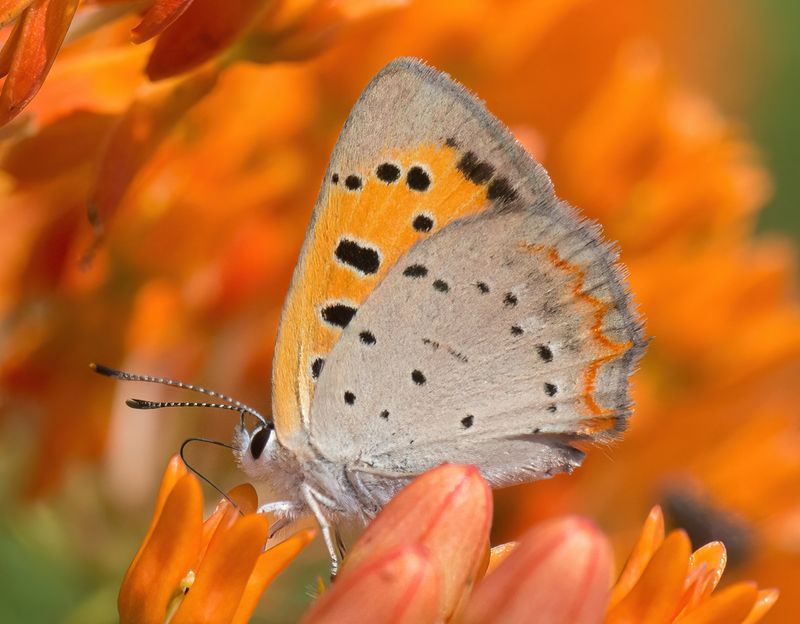
The American Copper is a small but vibrant butterfly with orange-red wings. They are easily raised with sorrel or dock plants, providing essential resources for their caterpillars.
These butterflies are lively and active, often seen fluttering through gardens, adding a splash of color.
Creating the right conditions will allow you to enjoy their beauty and observe their lifecycle.
28. Checkered White
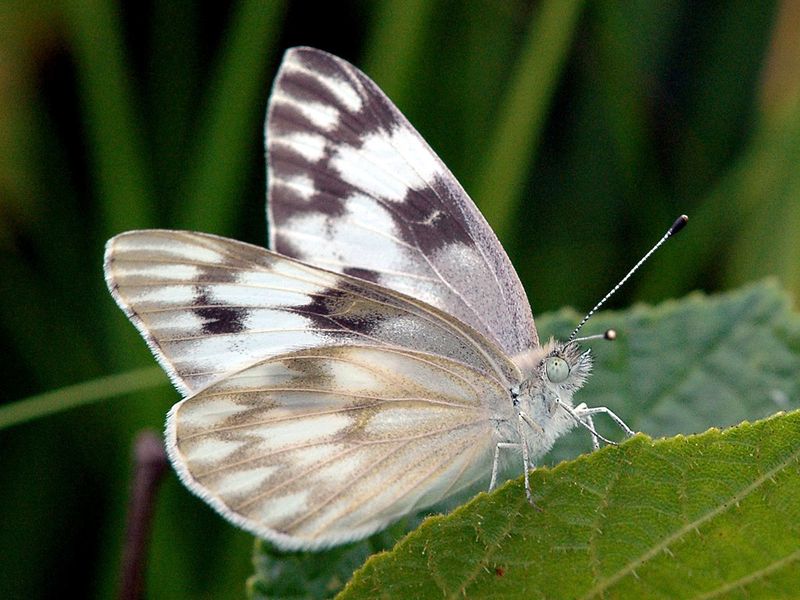
The Checkered White is known for its delicate white wings with black checkered patterns. They can be raised with mustard or cabbage plants, providing necessary resources for their caterpillars.
These butterflies are graceful fliers, often seen fluttering through gardens or open fields.
Providing the right host plants will allow you to enjoy their presence and observe their fascinating lifecycle.
29. Baltimore Checkerspot
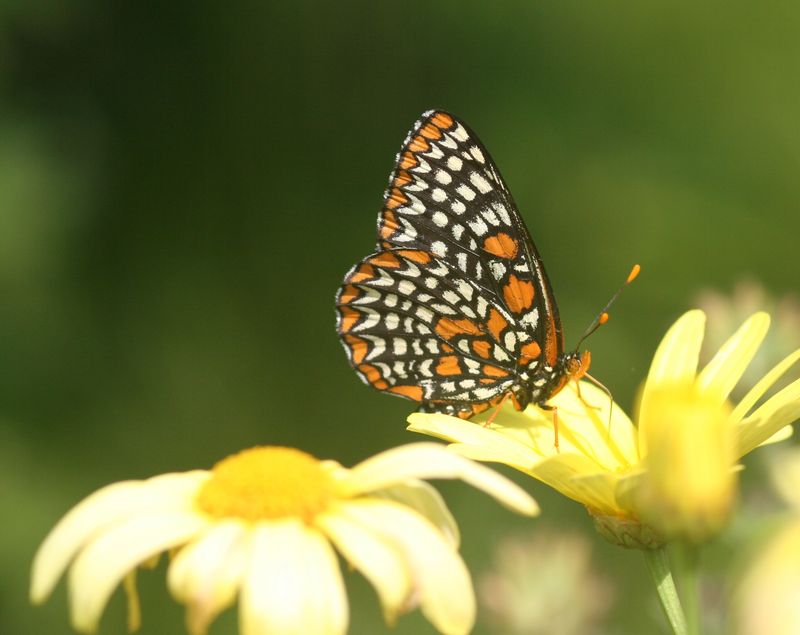
The Baltimore Checkerspot is a beautiful butterfly with striking orange, black, and white patterned wings. They can be raised with turtlehead plants, which are essential for their caterpillars.
These butterflies are active and lively, often seen basking in sunny areas, adding a vibrant touch.
Creating a suitable environment will allow you to enjoy their beauty and observe their transformation.
30. Question Mark Butterfly
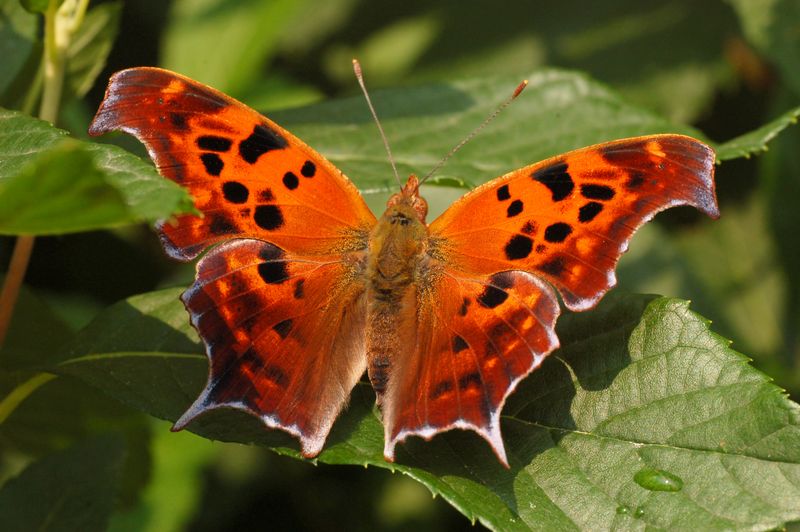
Talk about a gorgeous wing shape! The Question Mark butterfly is distinctive with its orange and brown wings and unique silvery mark. They thrive well with elm or hackberry trees, providing essential resources for their caterpillars.
These butterflies are known for their curious behavior, often seen exploring gardens.
Providing a welcoming habitat will allow you to enjoy their presence and observe their fascinating lifecycle.
31. Variegated Fritillary
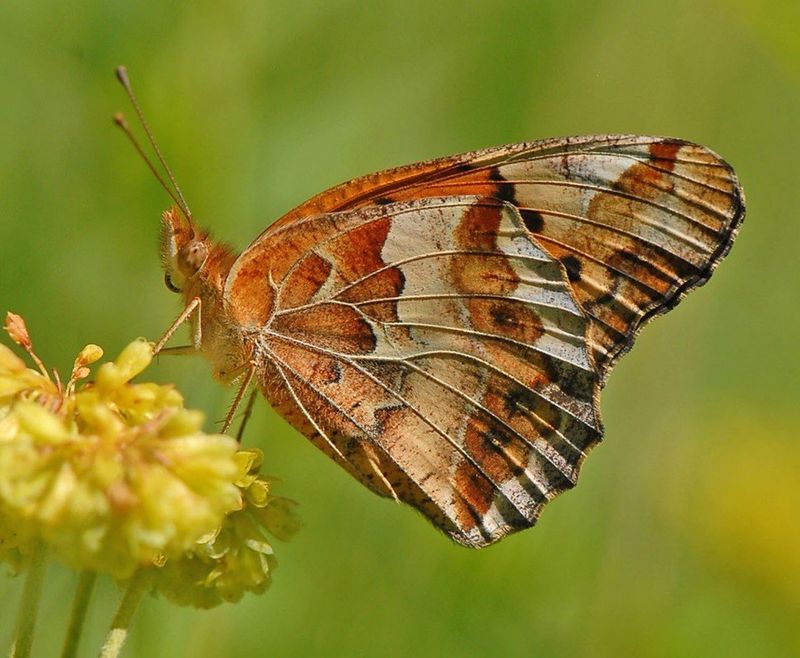
The Variegated Fritillary is a captivating butterfly with its orange and brown patterned wings. They can be raised with violets, providing essential resources for their caterpillars.
These butterflies are lively and active, often seen fluttering through sunny gardens, adding a touch of elegance.
Ensuring the right conditions will allow you to enjoy their vibrant presence and observe their lifecycle.
32. Hackberry Emperor
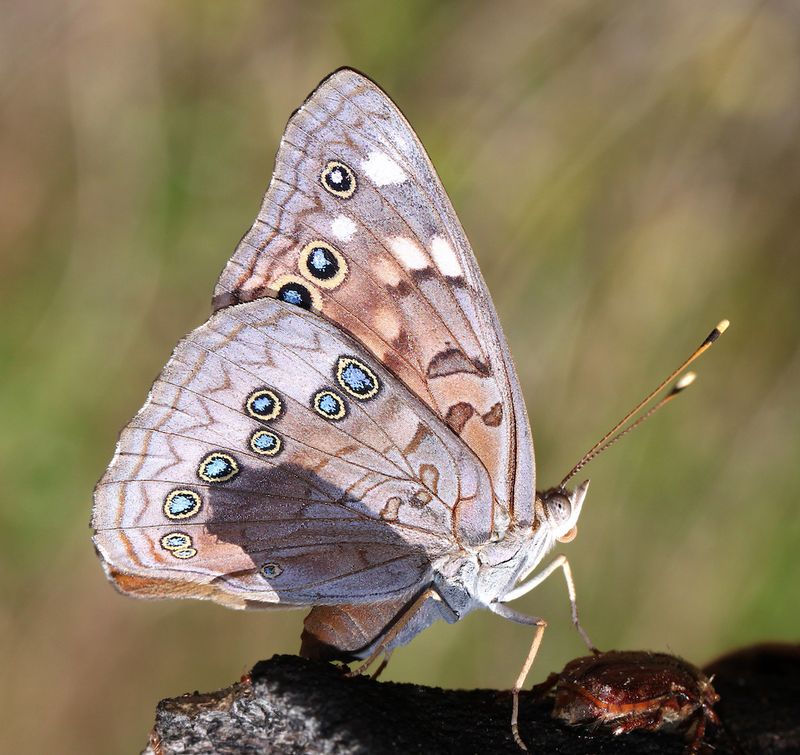
The Hackberry Emperor is distinctive with its brown wings decorated with eye spots. They thrive well with hackberry trees, providing necessary resources for their caterpillars.
These butterflies are active and lively, often seen exploring gardens and wooded areas.
Creating a suitable environment will allow you to enjoy their presence and observe their fascinating behavior.
33. Southern Dogface
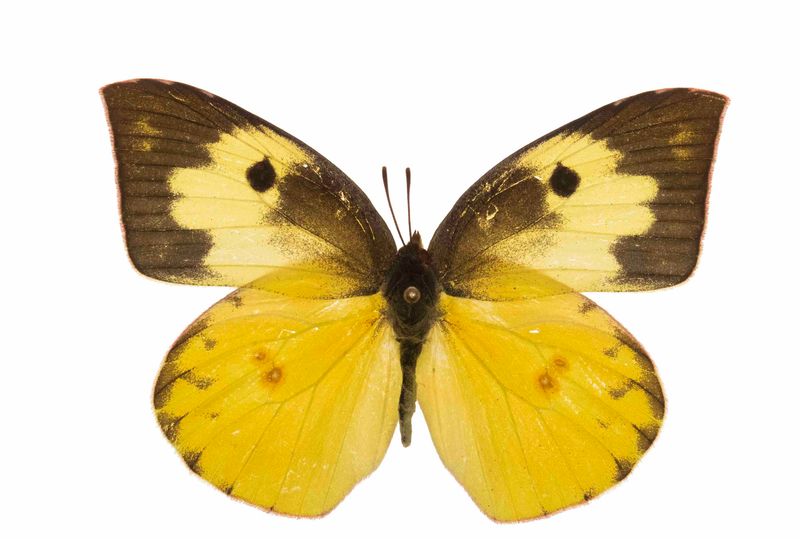
The Southern Dogface is known for its bright yellow wings with a distinctive dogface pattern. They can be raised with clover or alfalfa, ensuring proper growth for their caterpillars.
These butterflies are lively and active, often seen fluttering through open fields, adding a cheerful touch.
Providing the right host plants will allow you to enjoy their vibrant presence and observe their lifecycle.
34. Gray Hairstreak
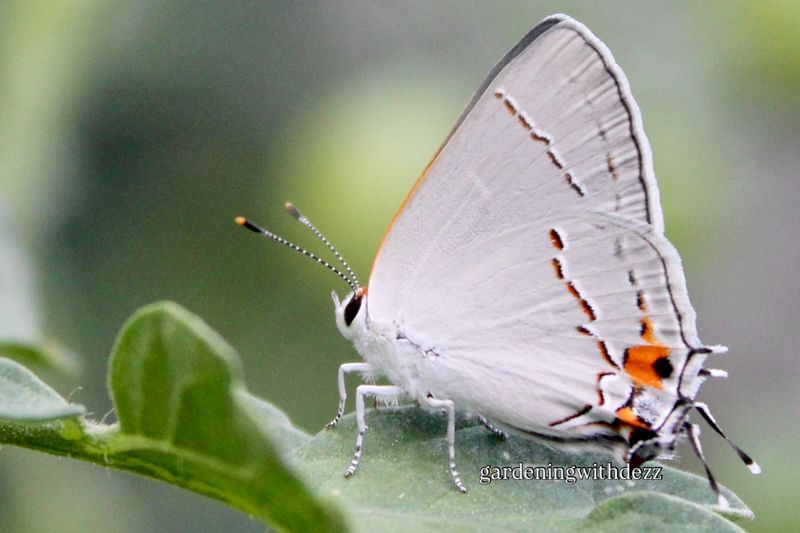
The Gray Hairstreak is a small but striking butterfly with gray wings adorned with orange spots. They can be raised with legumes, providing essential resources for their caterpillars.
These butterflies are lively and active, often seen fluttering through sunny meadows, adding a splash of color.
Creating the right environment will allow you to enjoy their beauty and observe their lifecycle.
35. Banded Hairstreak
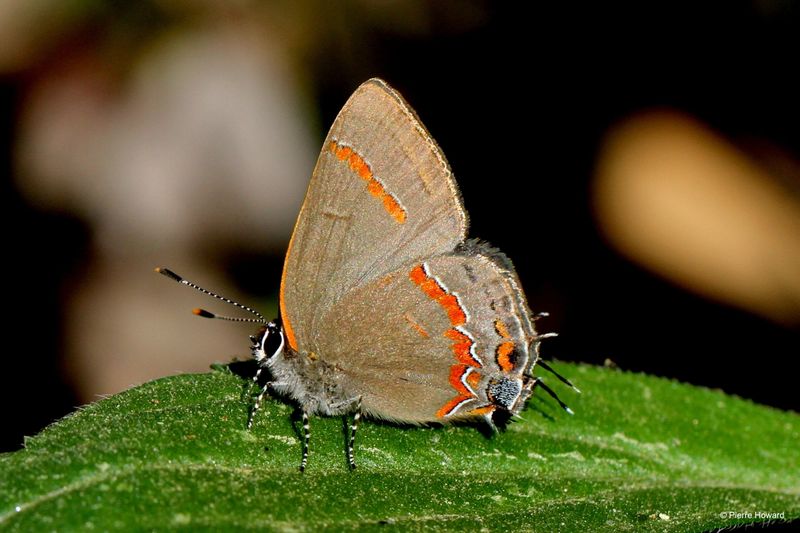
The Banded Hairstreak is known for its gray wings marked by dark bands. They can be raised with oak or hickory, providing necessary resources for their caterpillars.
These butterflies are elegant fliers, often seen gliding through gardens and wooded areas.
Providing the right conditions will allow you to enjoy their presence and observe their fascinating lifecycle.
36. Reakirt’s Blue
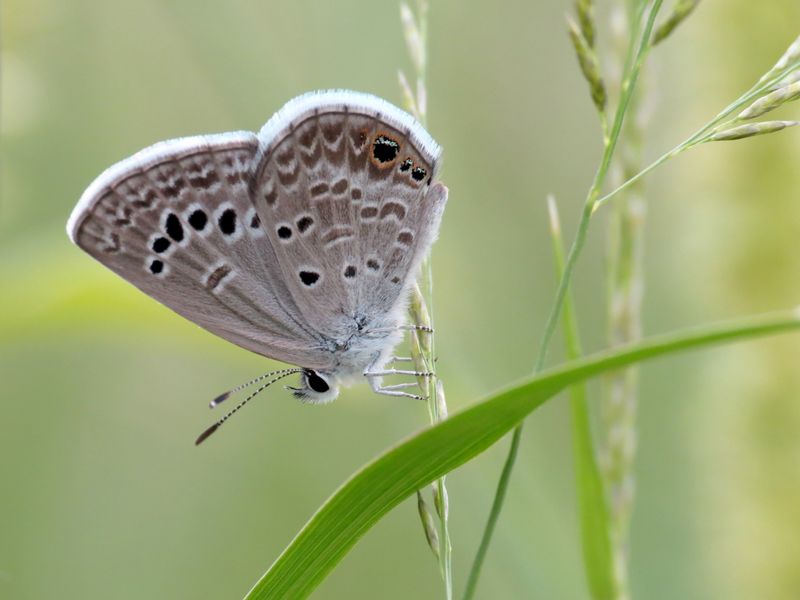
Reakirt’s Blue is a small but beautiful butterfly with delicate blue wings. They are easily raised with legumes, providing essential resources for their caterpillars.
These butterflies are lively and active, often seen fluttering through gardens, adding a touch of elegance.
Creating a suitable environment will allow you to enjoy their presence and observe their fascinating lifecycle.
37. Fiery Skipper
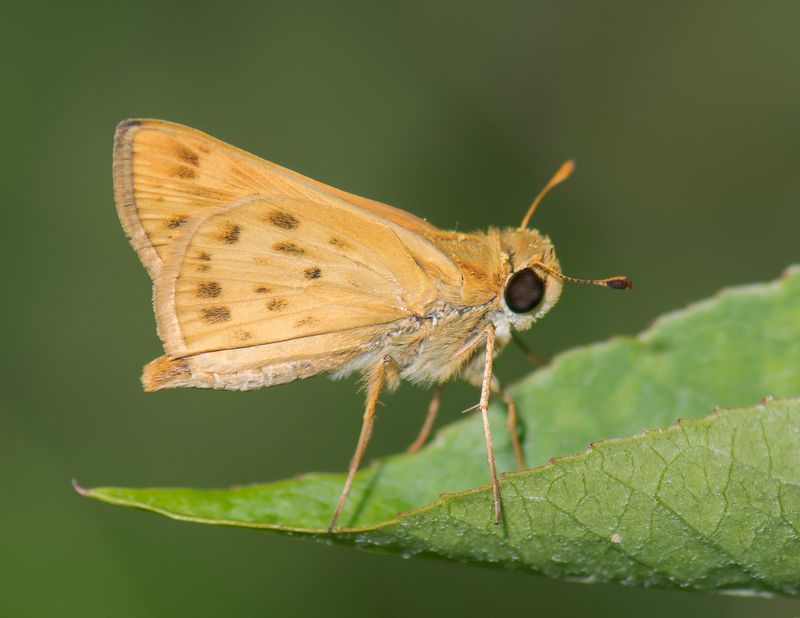
The Fiery Skipper is a vibrant butterfly with bright orange wings marked with brown. They can be raised with Bermuda grass, providing necessary resources for their caterpillars.
These butterflies are lively and active, often seen darting around gardens, adding a playful touch.
Providing the right host plants will allow you to enjoy their presence and observe their fascinating behavior.

